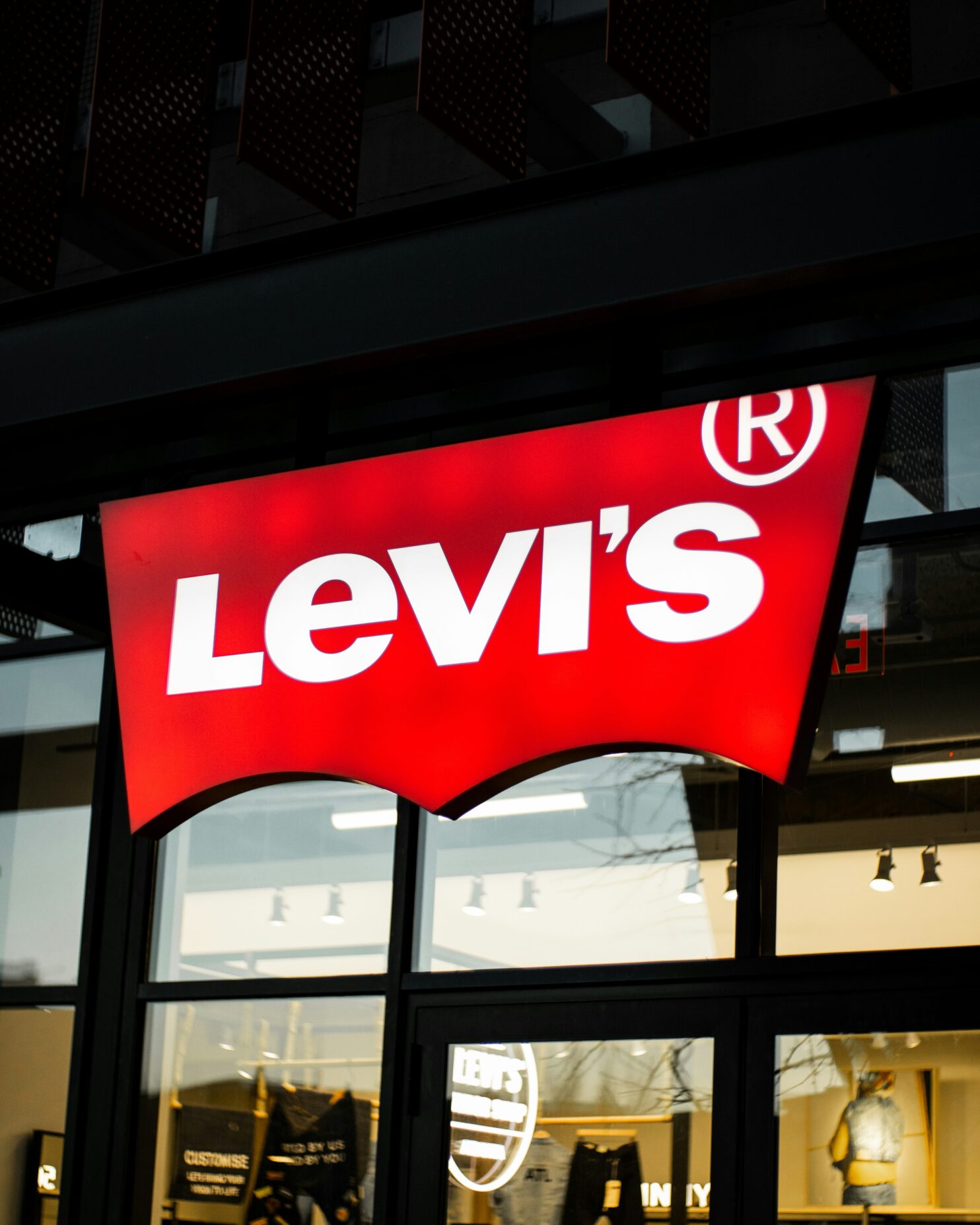From shifting global trade policies to high-profile fines and new sustainability initiatives, the fashion industry is navigating a storm of changes. Brands are being held accountable for their supply chains, governments are rethinking import exemptions, and legacy labels are working hard to stay relevant. Here’s a snapshot of what’s happening now—and what it all means for fashion businesses and consumers alike.
Tariff Pressure Rises
New U.S. tariffs have more than doubled on imports from several major apparel manufacturing countries, with rates jumping to 19–25% in places like India, Vietnam, and Bangladesh. These changes stem in part from shifting trade priorities and rising tensions surrounding Russian imports—though Russia remains untouched by the new list.
The impact is hitting smaller nations hardest. Lesotho, once a duty-free exporter under AGOA, now faces up to 15% tariffs, threatening its economy. With 30,000 apparel jobs on the line and 11% of GDP tied to the industry, AGOA’s potential revocation would be devastating.
“De Minimis” Loophole Ends
Starting August 29, 2025, the U.S. will eliminate its duty-free import exemption for goods under $800. The policy, which fast-fashion giants like Shein and Temu have heavily relied on, will now require all non-postal shipments to go through regular customs and duty processes.
While postal shipments get a six-month grace period, this marks a major shift intended to curb illicit imports and level the playing field for domestic retailers. Consumers can expect higher costs and longer shipping times for low-cost international orders.
Armani Faces Labor Violation Fine
Luxury house Giorgio Armani was fined €3.5 million by Italy’s antitrust authority for falsely advertising strong labor protections. Investigations revealed subcontractors operating with unsafe, illegal working conditions.
Although Armani has improved its oversight and plans to appeal, this case underscores growing scrutiny on supply chain ethics and highlights the need for genuine accountability across the industry.
Shein Penalized Again—This Time for Greenwashing
Italy fined Shein €1 million for misleading environmental claims. Marketing materials for the brand’s evoluSHEIN line overstated eco-friendly production and recyclability, according to regulators.
This is the second major fine Shein has faced in Europe in a month, following a €40 million penalty in France for similar violations. As one of the fastest-growing fast fashion players, Shein is under increasing pressure to back up its sustainability promises with transparency and data.
Ferragamo Struggles with Sales Decline
Salvatore Ferragamo reported a €66.1 million loss for the first half of 2025, a stark contrast to last year’s modest profit. Declines in Asia-Pacific and wholesale markets were key drivers, along with currency headwinds and inventory issues.
The brand is now pivoting with a turnaround strategy focused on store storytelling, product simplification, and reducing its reliance on influencer marketing. Signs of recovery are expected later this year.
Levi’s Launches Circular Denim
In a positive move for sustainable fashion, Levi’s introduced circular 501 jeans, blending organic cotton with Circulose®, a fiber made from recycled denim. Part of the brand’s Wellthread® collection, the launch signals a deeper commitment to circularity and reducing fashion waste.
Levi’s continues to lead in this space by designing products with end-of-life recycling in mind—helping to shift the industry toward a closed-loop model.
From tightened trade rules to consumer-driven sustainability expectations, fashion brands are under the microscope like never before. Companies that prioritize transparency, agility, and environmental responsibility are more likely to thrive in this evolving global landscape. Whether you’re in the industry or just a conscious consumer, these stories offer a look at the trends shaping the future of fashion.
Watch our Clothing Brief livestream here:

